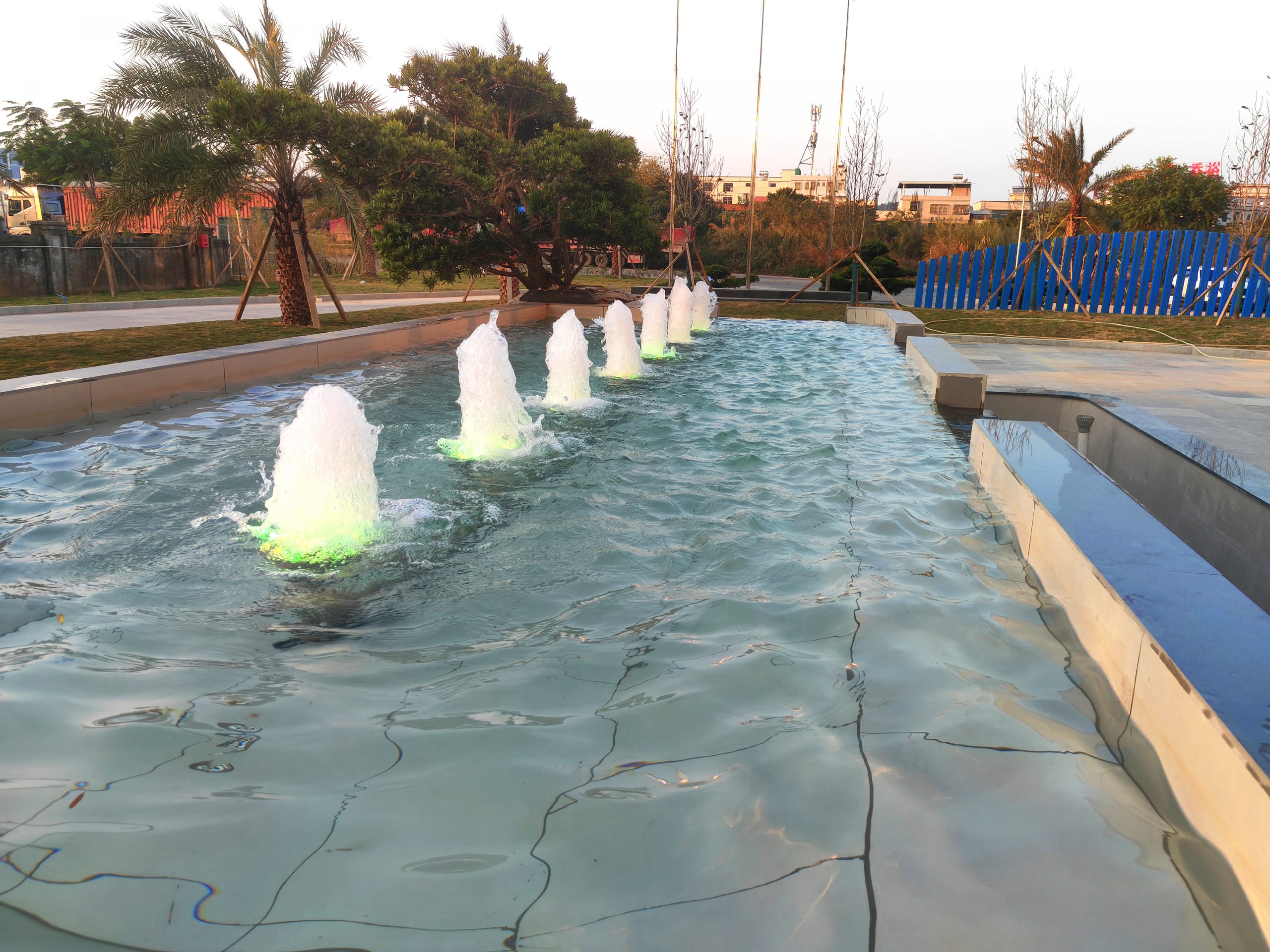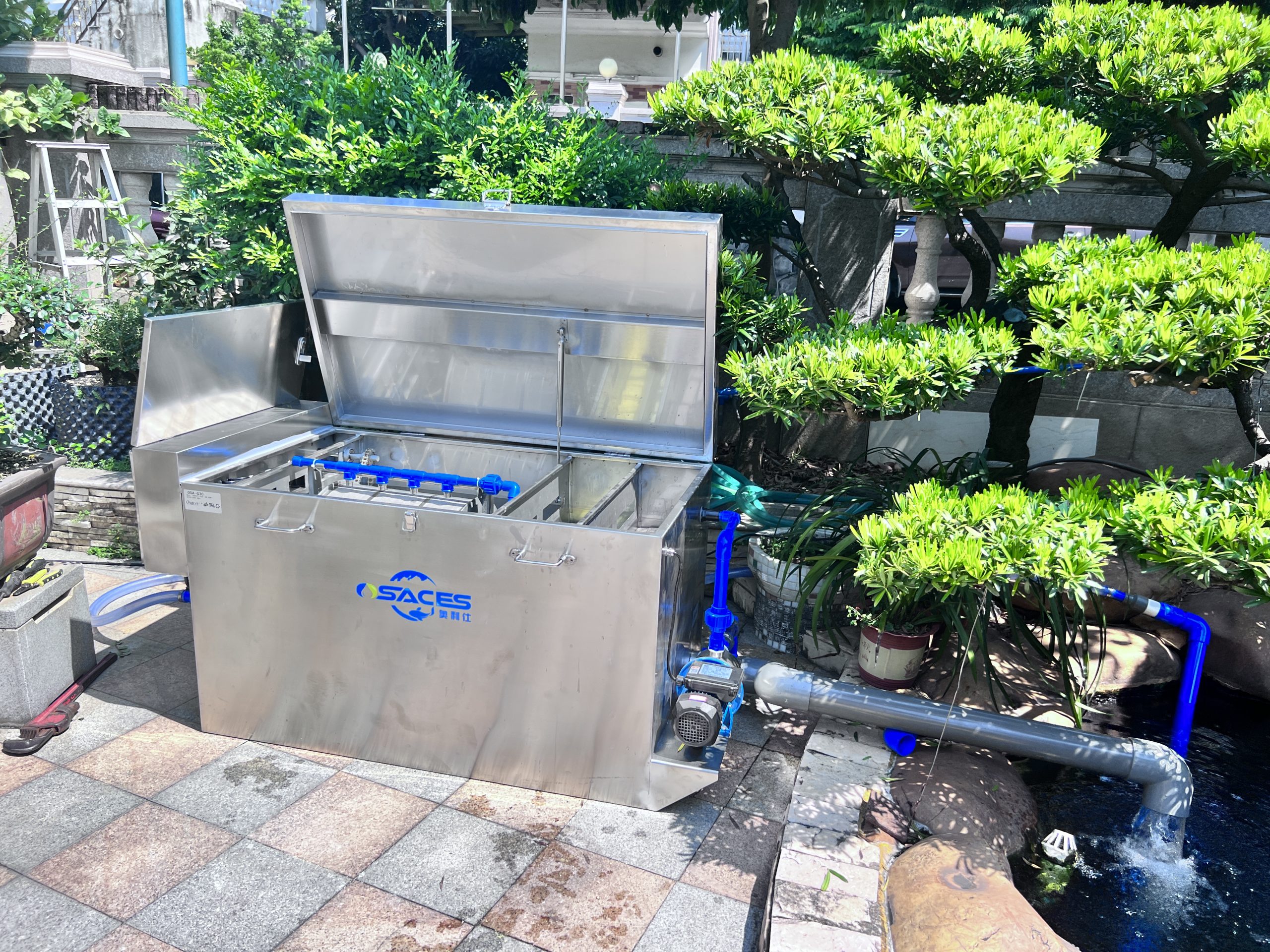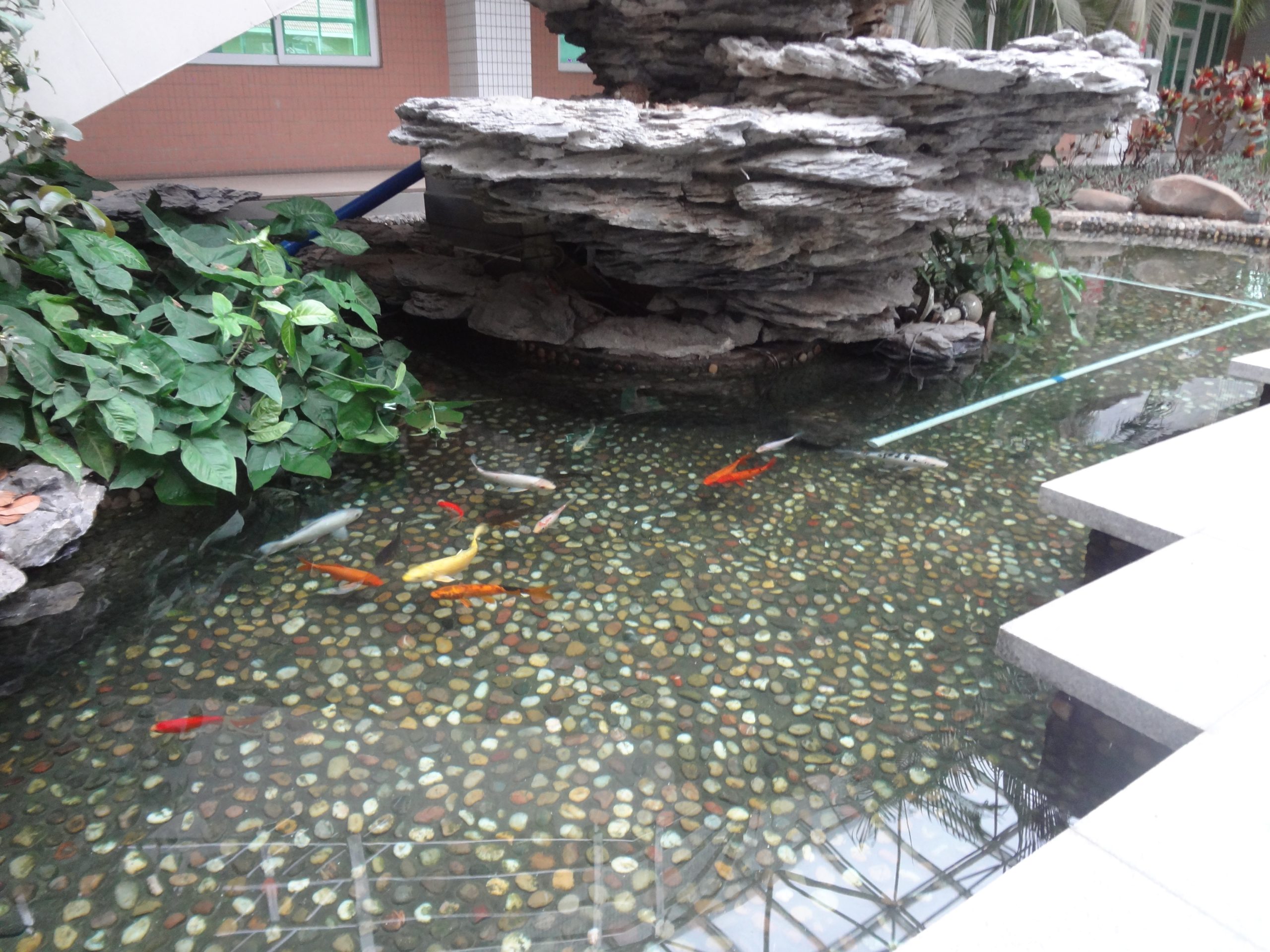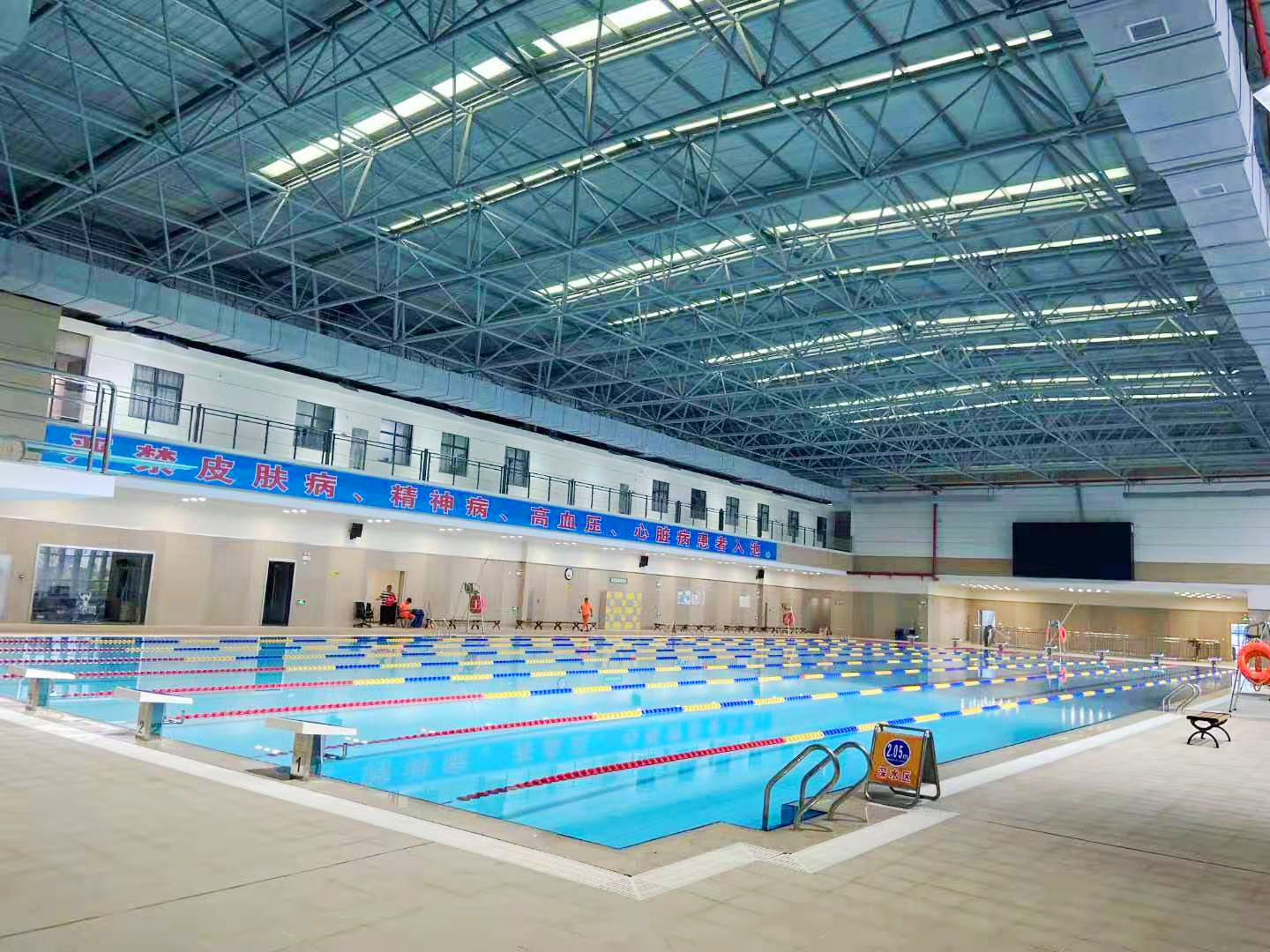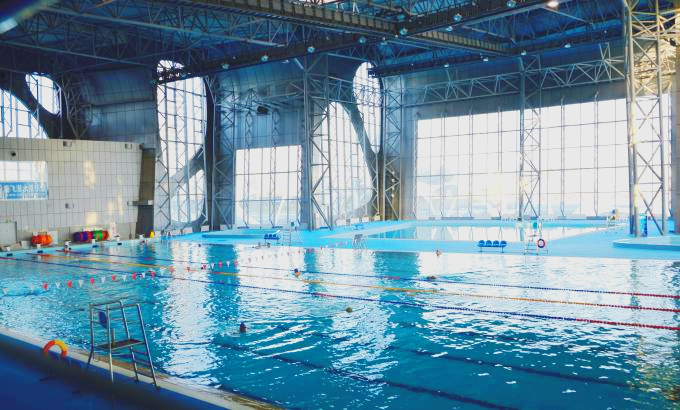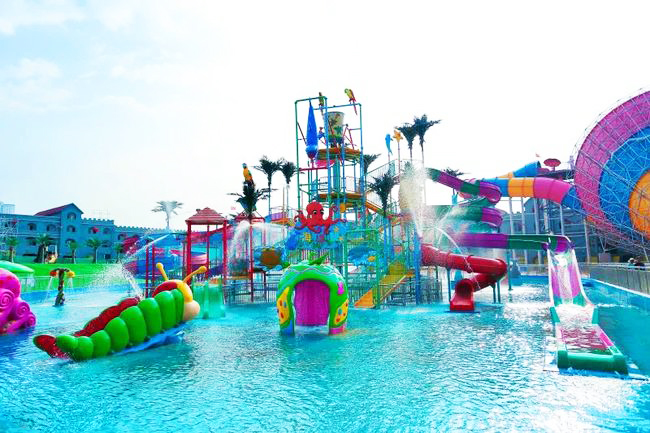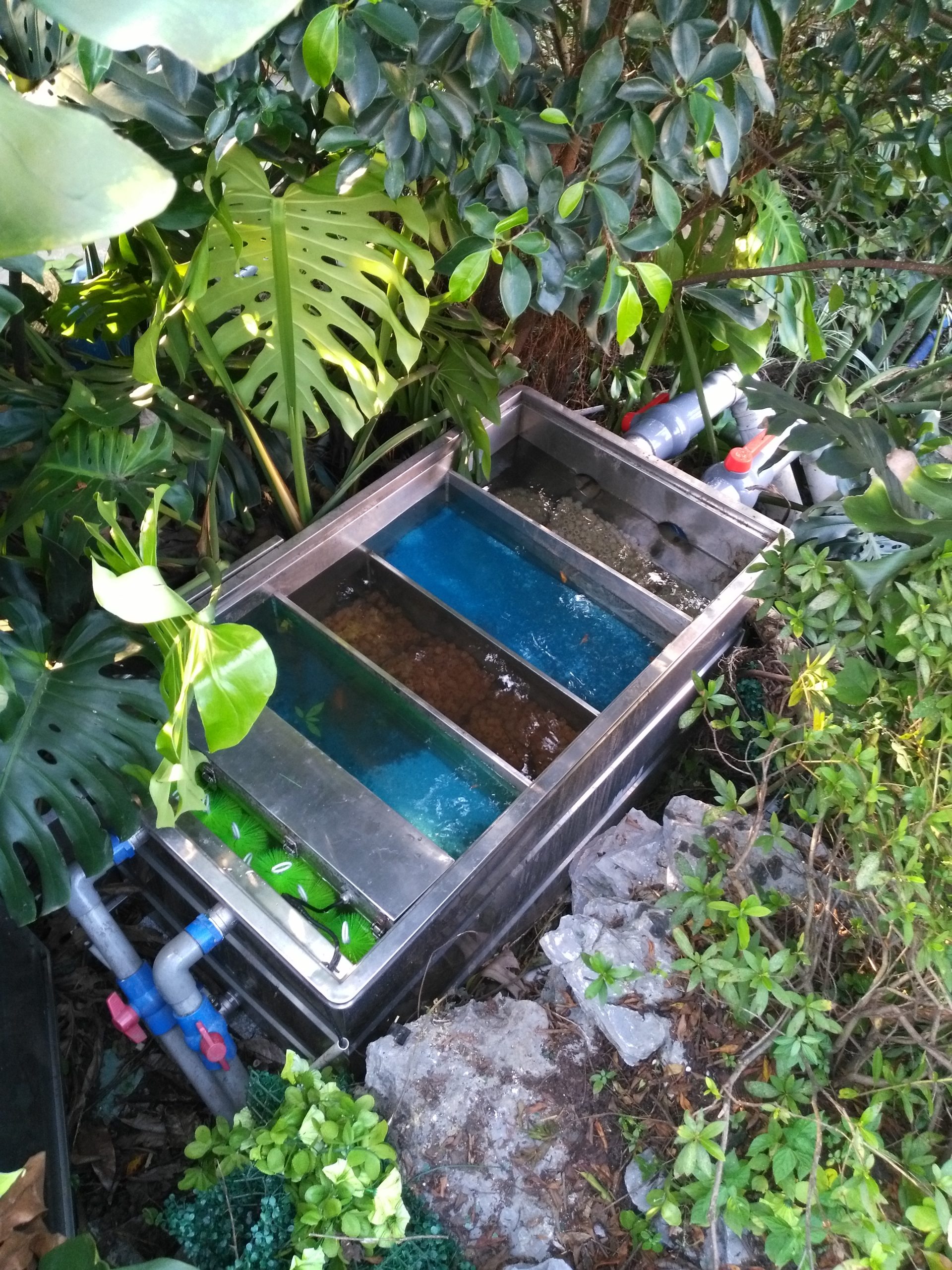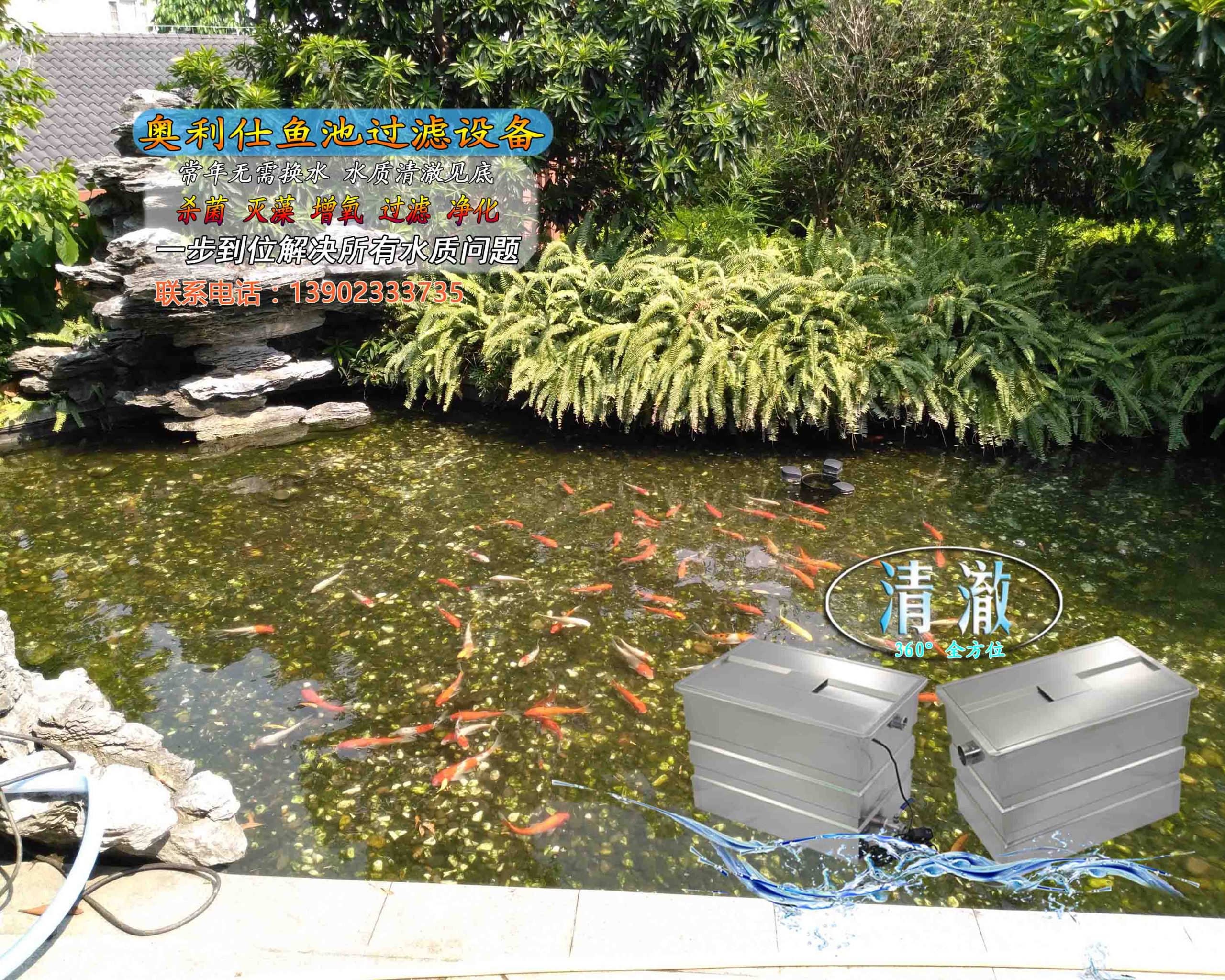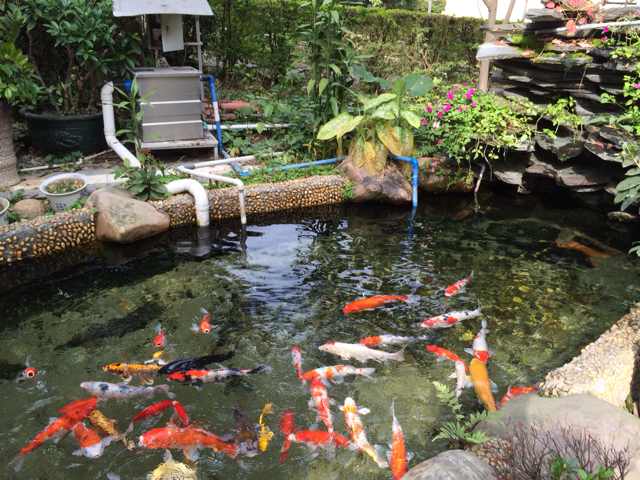News Center
contact details
 Ollies (Guangzhou) Recreation and Sports Equipment Co.
Ollies (Guangzhou) Recreation and Sports Equipment Co.Tel: (020) 82686289
Fax: 020-82694853
Headquarter: No.31-37, Xincun 2 Road, Shangjiang North Street, Dongzhou Village, Xintang Town, Zengcheng City, Guangzhou, Guangdong, China
Spring, Koi prone to diseases and treatment methods
Although koi are relatively easy to keep, it is still very necessary to know some common diseases and treatments that koi are prone to in spring. Below, I'll introduce you to the five common diseases that tend to occur in koi in spring and how to treat them.
Fish diseases that tend to occur in the spring
First, koi fungal diseases: Botrytis (water mold, leukosis), this disease is very easy to occur in the spring.The cause of the disease is careless handling during catching and handling, which scratches the outer skin of koi, or the parasite destroys the gills and body surface, or the water temperature is too low and freezes the skin, which leads to the invasion of spores of water mold into the wound and infection. When the water temperature is suitable (about 15-25 degrees), 3-5 days to grow into dense mycelium, infected with a large number of fish will lead to death. Water mold occurs throughout the year, late fall and early spring is the epidemic season. Fish can be infected from eggs to all ages, and when the hatching water temperature is low, water mold disease is very easy to occur on the eggs.
Second, Koi bacterial disease, skin inflammation and congestion disease, the disease is mostly for the individual large fish of the year and more than 1 year old Koi, late spring to early fall is the epidemic season, can cause a large number of fish deaths.It is easier to be prevalent when the water temperature is 20-30 degrees Celsius, and a few sick fish will still appear and keep dying when it is below 20 degrees Celsius; this temperature range is also the peak season for fish growth, so it is very harmful. When the temperature drops to about 10 degrees this fish disease no longer occurs, you can use this law to temperature control treatment of sick fish.
Symptoms: Inflammation and congestion of the skin, more common around the eyes, gill covers, abdomen, caudal peduncle, etc. Sometimes the base of the fins is also congested, and in severe cases, the fins are ruptured. The scales of sick fish are usually intact and have not fallen off. The sick fish floats on the water surface or sinks to the bottom, swims slowly, is unresponsive and has poor appetite.
Third, koi mucous bacterial gill disease, koi disease is less, only in the water temperature of 20 degrees above the late spring to fall will develop. The fish die in large numbers without any appearance of abnormalities.
Symptoms: Gill filaments of diseased fish rot with some sludge. Sometimes the tip of the gill filament tissue decay, resulting in the edge of the mutilation; sometimes in one or more places in the gill decay, but not in the edge. The inner epidermis of the gill cover bone is congested, and even corroded into a slightly rounded transparent area, commonly known as "open window". Due to the destruction of the gill filament tissue, the sick fish breathing difficulties, often floating head, thus causing a large number of deaths.
Four, scale disease (loose scales, vertical scales): mainly harmful to the individual larger koi, the end of each fall to the next spring when the water temperature is lower is the popular season.
Symptoms: The diseased fish has a rough body surface, erect scales, and a loose-ball appearance; in severe cases, the eyes protrude, the respiration is rapid, and the back is turned over to the point of death. Scale sacs are edematous, and transparent or blood-containing exudate accumulates inside them. If a little pressure is applied on the scales, liquid will be ejected from the scale sacs. The sick fish sinks to the bottom or loses its body balance, belly up, and then fails and dies.
V. Protozoa-induced diseases: Oral filarial worms (Fish Beanworm, White Cloud Disease), which often inhabit the skin and gills of koi, do not cause disease when in small numbers, but often multiply when the environmental water quality is poor or the health of the koi is not good.(The optimum epidemic temperature of the mouth filaria is between 2 and 30 degrees Celsius, and the water temperature at which the worms begin to reproduce is 12-20 degrees Celsius, and it is easy to reproduce in large quantities at 24-25 degrees Celsius and pH 4.5-5.8). It destroys the gills and skin tissues, causing increased mucus secretion and the formation of white mist-like attachments, so it is called white cloud disease. This disease is mainly parasitic on freshwater fish, especially koi, and often occurs after moving to a new pond, so it is also known as new water disease. Koi are also known as sleeping sickness because they fall asleep after being infected with the disease and sink to the bottom corners of the pond. Late fall to spring is the epidemic season for this disease.
Symptoms: In the early stage of infection, the fish body will be itchy, rubbing the fish body on the bottom and wall of the pool. There is a layer of milky white or gray-blue mucus on the skin of the sick fish, which makes the sick fish lose its original luster. In the fish body at the broken place of congestion and inflammation, often infected with bacteria or water mold, the formation of ulcers, making the condition worse. When a large number of worms infest the skin, a large number of worms also appear on the gills, due to the destruction of gill tissues, affecting the respiration of the fish, so the sick fish often swim close to the surface of the water in a floating head. Appetite loss, listlessness, shrinking tail clip fins, grouped in the bottom corner of the pool, slow reaction, the fish gradually lose balance, lying on the bottom of the pool, and then die of exhaustion.
Treatment of Koi Diseases
The main methods are oral, medicated baths, foam application, injections and surgical treatments.
oral method: A therapeutic method of mixing pharmaceuticals in feed and feeding them, mainly to treat nutritional disorders and bacterial diseases with internal fish diseases. Commonly used drugs are nutrients, sulfonamides, antibiotics and so on. Firstly, dissolve the medicine in water, so that it can penetrate into the pelletized feed or mix and knead and then feed to the sick koi.
medicated bath: The main purpose is to expel parasites from the body surface of the fish and to treat bacterial external diseases, but also to treat bacterial internal diseases by using the absorption effect of gills or skin tissues. Short-term bath with high concentration of drugs, commonly used drugs for trichlorfon, potassium permanganate, etc.; long-time bath with saline, potassium permanganate, formalin, antibiotics and so on. Measurement must be accurate, such as the concentration is not enough can not effectively kill the bacteria, while the concentration is too high on the fish body is easy to cause toxicity, or even death.
application: Apply localized medicine with high concentration, mainly to treat trauma and diseases on the fish body surface, commonly used medicines are red potion, iodine, potassium permanganate and so on. The affected area of the fish body must be cleaned up before applying the medicine.
injection: Injectable antibiotic treatment for various types of bacterial diseases, often taken intramuscular or intraperitoneal injection, the fish body to absorb the drug is more effective and direct. It should be noted that: when the disease is more serious, the fish often take a variety of treatments at the same time, such as oral and bath at the same time, or injection of antibiotics.
surgical treatment: Plastic surgery for trauma or deformation of the fins.
Related content
- Don't let rotting tails affect the koi's aesthetics
- What kind of water is good for fish? Talking more about green water for fish
- What to do if the water in your fish pond is unclear? How to keep the water fresh and clear
- Are you ready for the golden age of koi growth?
- What causes new koi to get sick easily?
- Case Sharing--Foshan Shunfeng Mountain Park 3600 square meters landscape pool purification project
- Case Sharing||Huizhou-- Intelligent Terminal Beidou Industry Production Project Fountain Fish Pond Purification Project
- Guangdong Guanyinshan National Forest Park 300m³ landscape fish pond purification project

